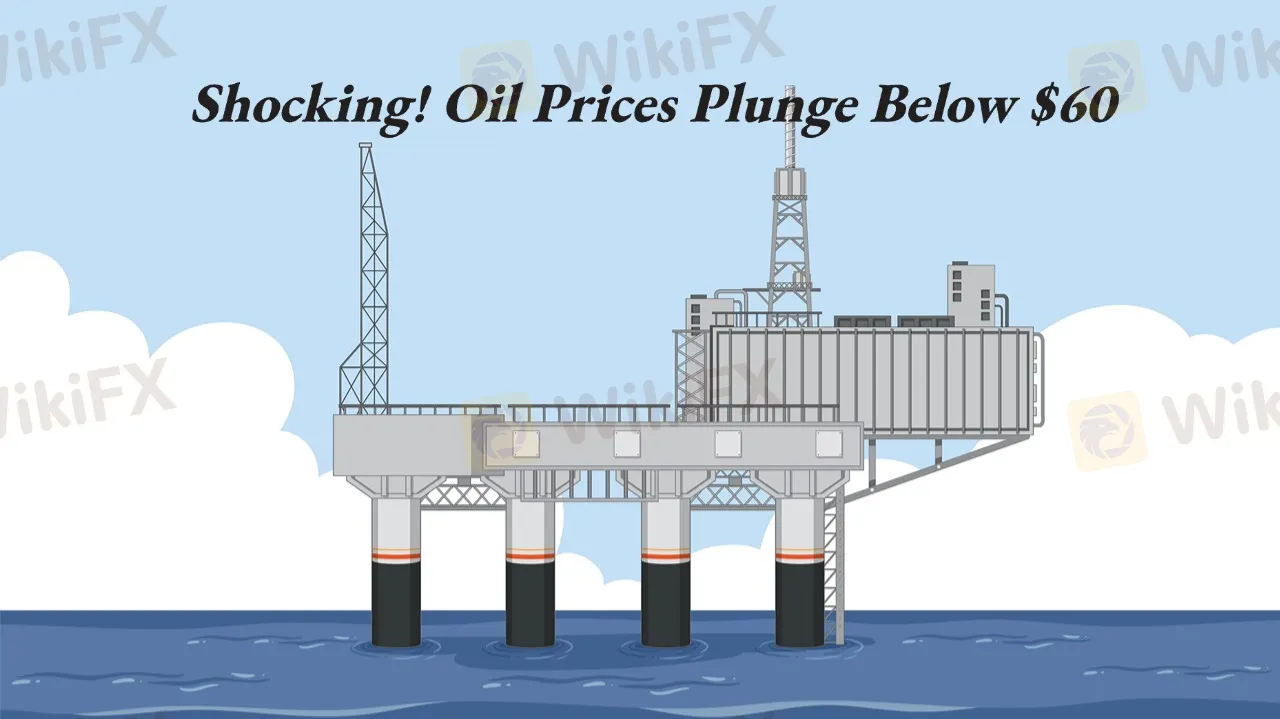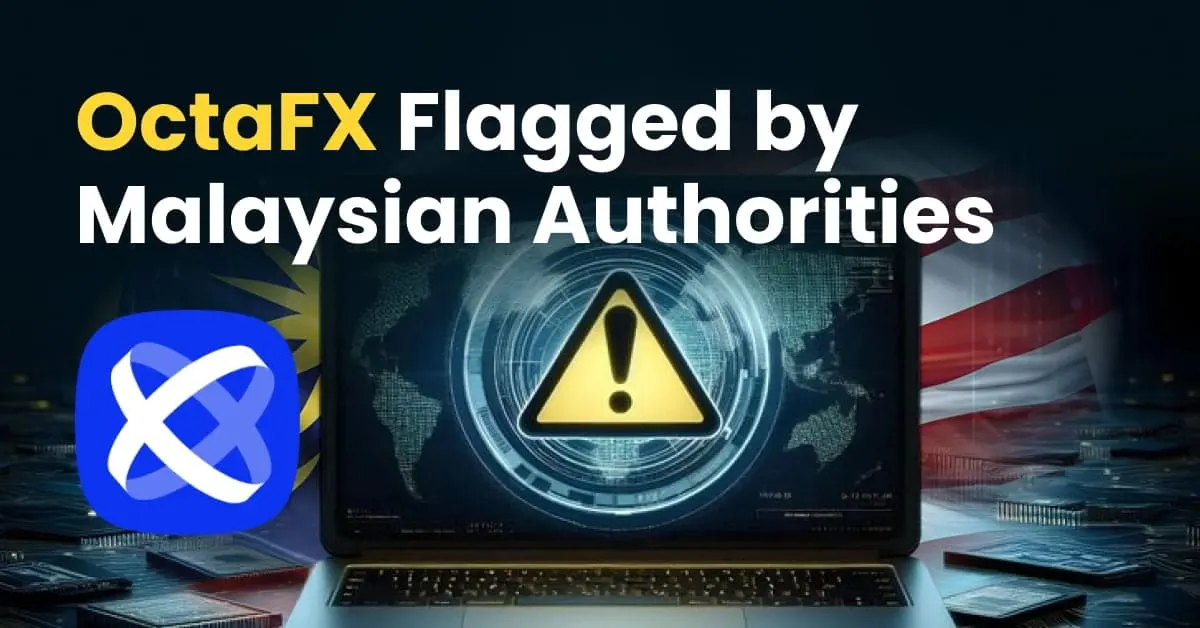简体中文
繁體中文
English
Pусский
日本語
ภาษาไทย
Tiếng Việt
Bahasa Indonesia
Español
हिन्दी
Filippiiniläinen
Français
Deutsch
Português
Türkçe
한국어
العربية
Shocking! Oil Prices Plunge Below $60
Abstract:Oil prices are in free fall. On April 7, the market extended its slide — WTI crude dropped below $60 per barrel, while Brent crude fell to $63, hitting a four-year low.

Since the start of April, oil has already lost over 13%, catching many investors off guard. Analysts now expect Brent crude to fluctuate between $60 and $65 in the short term, with no clear signs of stabilization.
Why is oil tumbling so hard?
The drop boils down to two things: too much supply and not enough demand. OPEC+ announced plans for a major production boost starting in May, flooding the market with even more oil.
At the same time, economic uncertainty is weighing on global demand, and escalating trade tensions across multiple countries are only adding to the pressure. In this “oversupply meets weak demand” setup, oil prices are struggling to find support.
Goldman Sachs has cut its 2025 average Brent forecast twice in one week, now expecting $62 per barrel, and warned of further downside risks. JPMorgan isnt optimistic either, predicting Brent at $64 by year-end and falling below $60 by 2026.
For investors, the turbulence in oil markets is far from over. With rising supply, weakening demand, global trade tensions, and economic headwinds all in play, theres no clear path to a stable recovery.
Some firms, like ING, still see room for a mild rebound later this year, forecasting a potential supply shortfall around mid-2025.
But overall, volatility is likely to remain the name of the game. Investors should be cautious of short-term price bounces, stay aware of the risks, and evaluate their own investment goals and risk tolerance before making any big moves.

Disclaimer:
The views in this article only represent the author's personal views, and do not constitute investment advice on this platform. This platform does not guarantee the accuracy, completeness and timeliness of the information in the article, and will not be liable for any loss caused by the use of or reliance on the information in the article.
Read more

Interactive Brokers Enhance Account Security with FDIC Coverage
Interactive Brokers now offers up to $5M FDIC insurance for individual accounts, boosting protection on cash held in brokerage accounts starting May 2025.

SFC Issues Restriction Notice to GA (Int’l) Capital Management Limited Over Regulatory Concerns
The Securities and Futures Commission (SFC) of Hong Kong has issued a restriction notice against GA (Int’l) Capital Management Limited (GCML), raising serious concerns about the firm’s integrity, reliability, and competence in carrying out its regulated activities.

Nonfarm Data Lifts Market Sentiment, U.S. Stocks Rebound Strongly
U.S. nonfarm payrolls for May slightly exceeded expectations, stabilizing investor sentiment and easing fears of a hard landing. This upbeat data sent U.S. equities broadly higher, led by tech stocks, with the Dow and S&P 500 posting significant gains. However, behind the optimism lies a fresh round of market debate over the Federal Reserve’s rate path, with uncertainty around inflation and interest rates remaining a key risk ahead.

OctaFX Flagged by Malaysian Authorities
OctaFX has been officially listed on warning lists by both Bank Negara Malaysia (BNM) and the Securities Commission Malaysia (SC). These alerts raise serious concerns about the broker’s status and whether it is legally allowed to operate in Malaysia.
WikiFX Broker
Latest News
OctaFX Flagged by Malaysian Authorities
IronFX Broker Review 2025: A Comprehensive Analysis of Trustworthiness and Performance
Nonfarm Data Lifts Market Sentiment, U.S. Stocks Rebound Strongly
Interactive Brokers Enhances PortfolioAnalyst with New Features
Why Your Worst Enemy in Trading Might Be You
Errante Broker Review
Interactive Brokers Enhance Account Security with FDIC Coverage
SFC Issues Restriction Notice to GA (Int’l) Capital Management Limited Over Regulatory Concerns
WikiFX Forex Community Expert AMA
Exnova Forex Broker Scam: Blocked Accounts, Lost Funds
Currency Calculator


